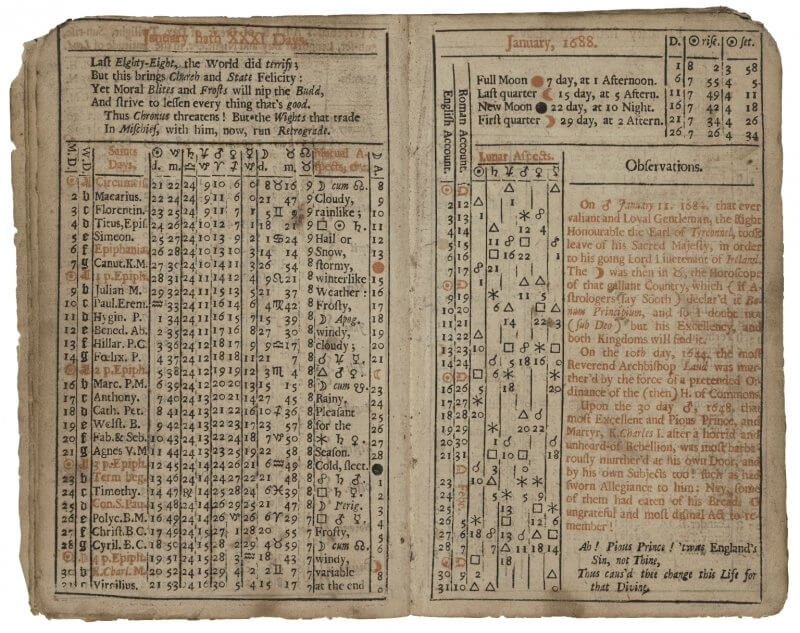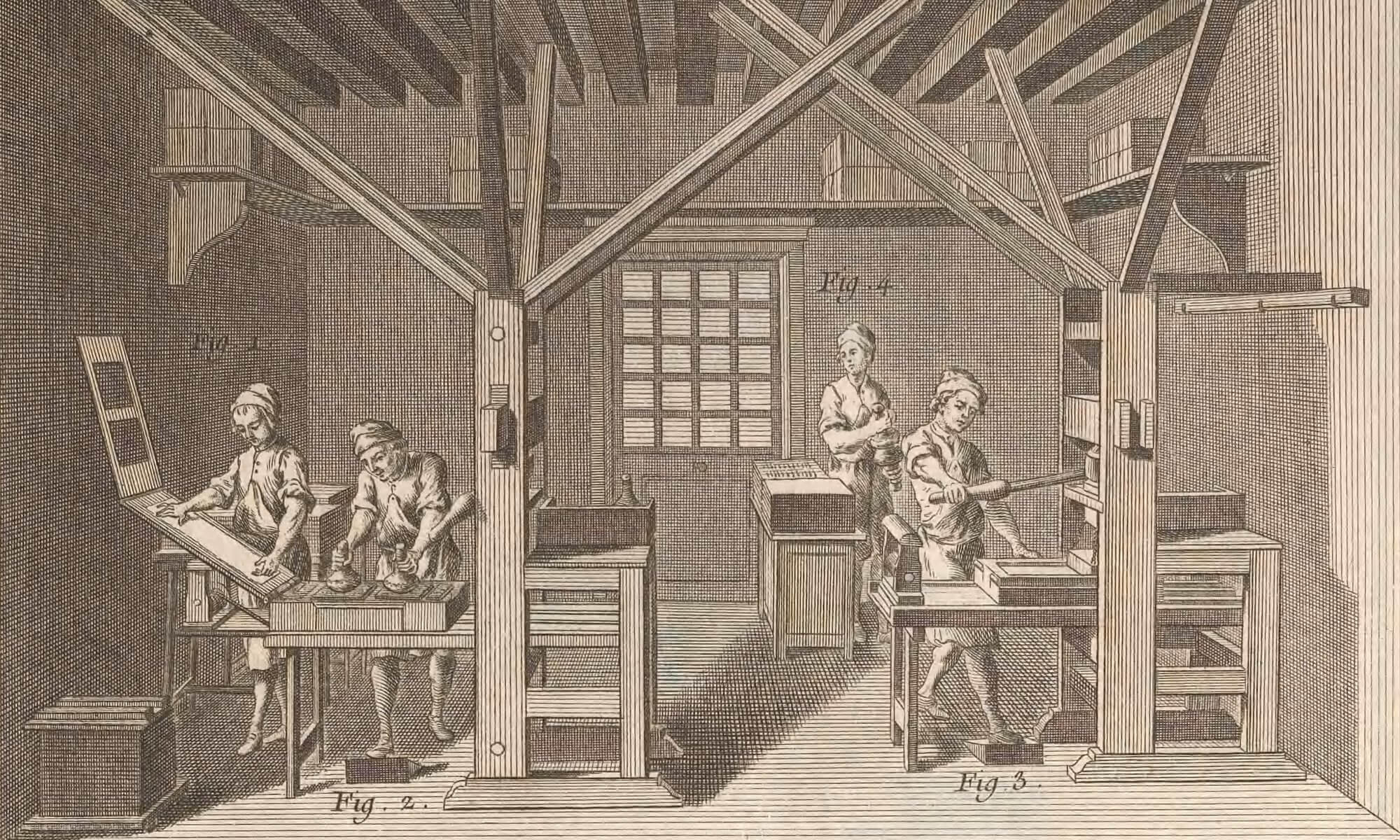Ames, Typographical antiquities, 1749 ([A]1r)

Apian, Cosmographicus, 1524 (π1r)
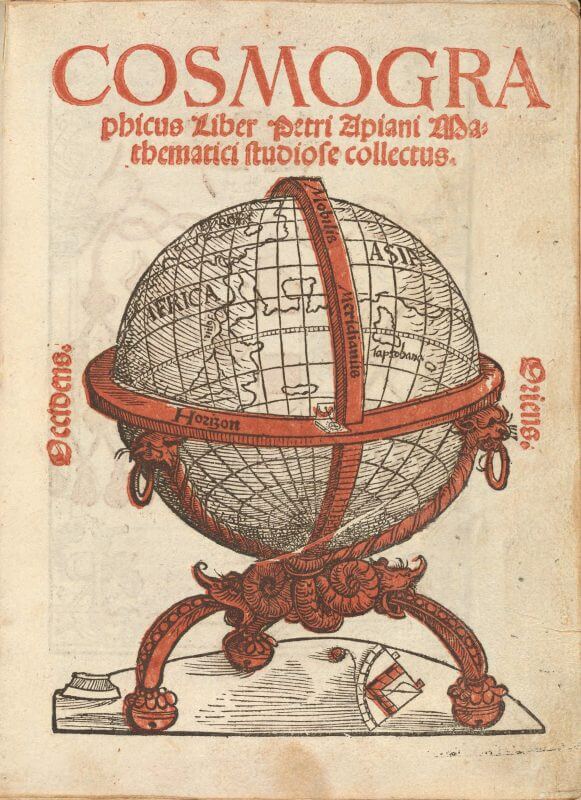
Balbi, Catholicon, 1460 (1r)
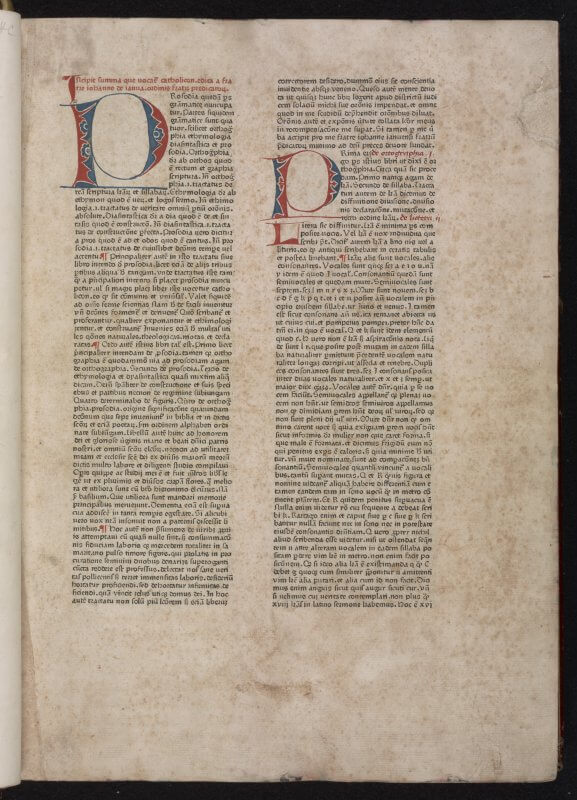
Bible, Church Slavic, 1581 (fol. 1r)
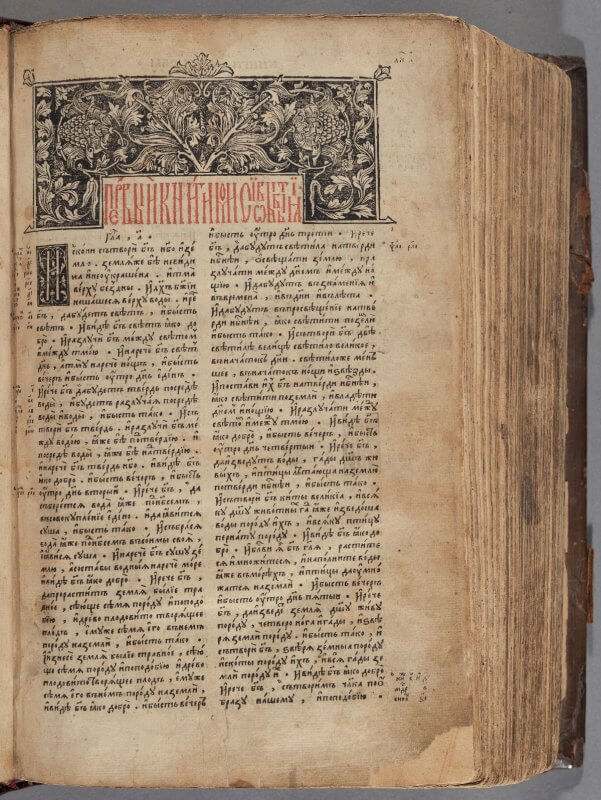
Bible, Church Slavic, 1581 (title page)
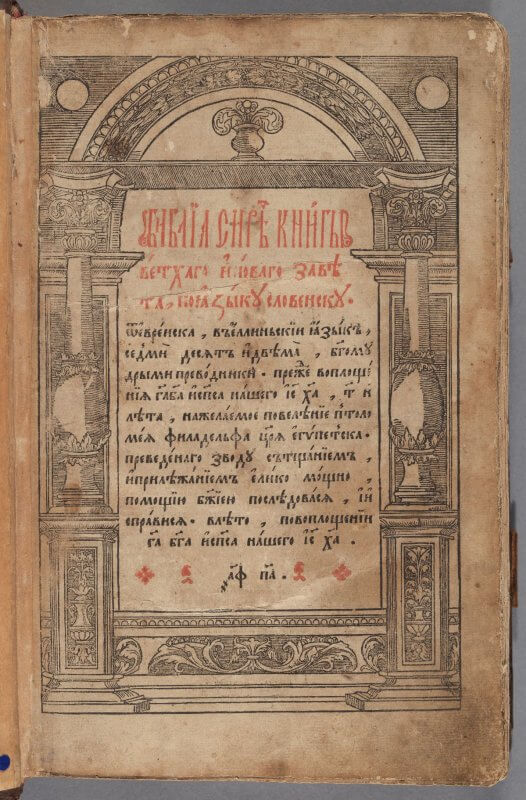
Dove, A new almanack, 1631 (A1r)
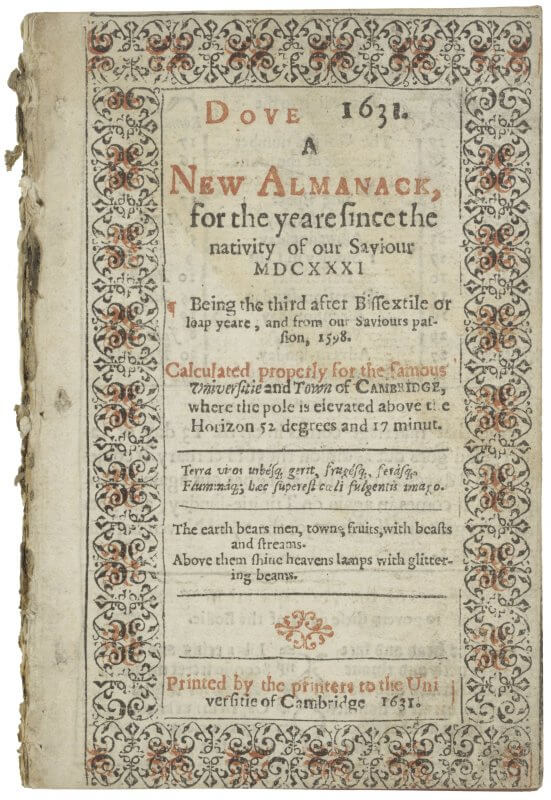
Dove, A new almanack, 1631 (A2v-A3r)
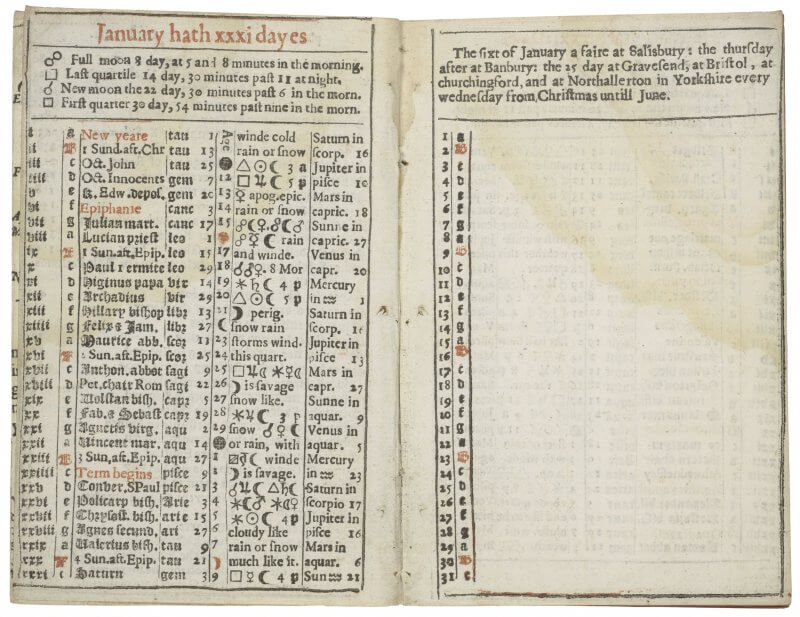
Febrés, Arte lengua Chile, 1765 ([*]1r)

Gadbury, Ephemeris, 1688 (A1r)

Gadbury, Ephemeris, 1688 (A4v-A5r)
